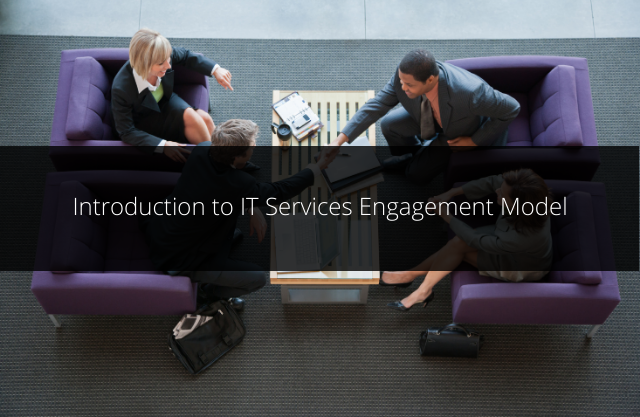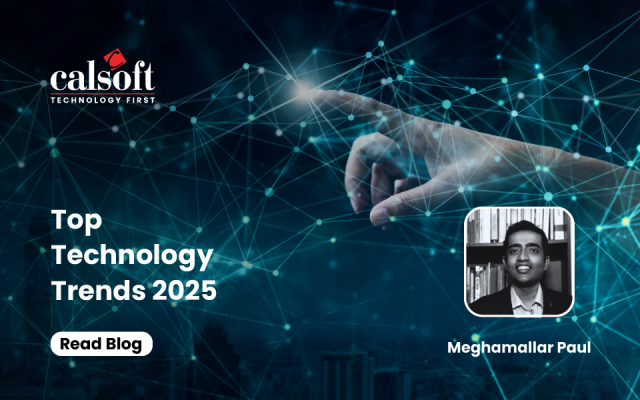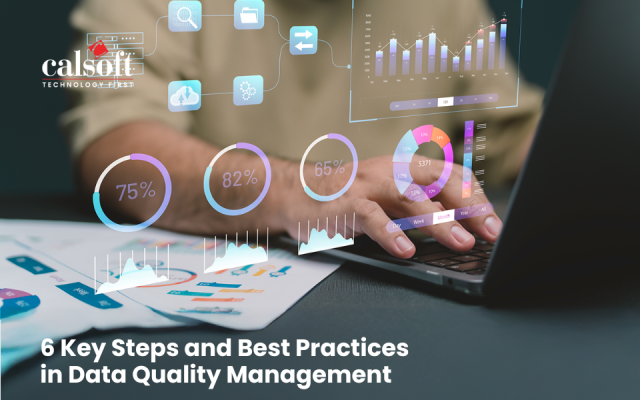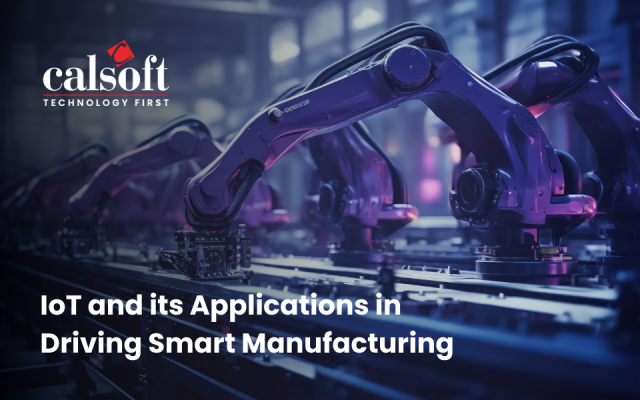An IT Services Engagement Model is a systematic approach used by organizations to engage with their customers for delivering IT services effectively. The objective of the model is to align the IT services with the business objectives of the organization and to ensure that the IT services are delivered in a right manner to mee the customer needs.
There are several types of IT Services Engagement Models that organizations can adopt, including the following:
- Fixed Time Engagement Model: In this model, IT services are delivered in a project-based and time-bound format. The customer and the IT service provider agree on the scope of the project, the timeline, and the budget. This model is suitable for organizations that have well-defined IT projects with clear objectives and deliverables.
- Managed Services Engagement Model: In this model, the IT service provider is responsible for managing and maintaining the IT infrastructure of the customer. The IT service provider monitors the performance of the IT systems, resolves any issues that may arise, and provides proactive maintenance to prevent issues from happening. This model is suitable for organizations that want to outsource the management of their IT systems to a third party.
- Outsource Engagement Model: In this model, the IT service provider takes on the responsibility of delivering the IT services on behalf of the customer. The IT service provider is responsible for all aspects of the IT services, including the design, implementation, and support. This model is suitable for organizations that want to outsource the entire IT function to a third party.
- Hybrid Engagement Model: In this model, the IT services are delivered using a combination of the above-mentioned models. For example, the customer may outsource the management of its IT infrastructure to a third party, while the IT projects are delivered in a project-based format. This model is suitable for organizations that have a mix of IT projects and IT infrastructure management needs.
- GIC Engagement Model: Global In-House Center (GIC) refers to a captive center setup by an organization to perform certain business processes, mostly IT services and support in-house instead of outsourcing these processes to a third-party vendor. These centers are typically established in low-cost locations around the world to take advantage of cost savings and access to talent.
The selection of an IT Services Engagement Model depends on the specific needs and requirements of the organization. For further reading visit this blog on – A Guide to Choose Right Engagement Model for IT Services. <Link another blog)
Organizations should consider the following factors when selecting a model,
Business objectives: The IT Services Engagement Model should align with the business objectives of the organization.
IT needs: The IT needs of the organization should be taken into consideration when selecting a model. For example, organizations with complex IT systems may prefer a managed services engagement model, while organizations with simple IT systems may prefer a project-based engagement model.
Budget: The budget is a critical factor when selecting a model. Organizations should ensure that the model they choose is affordable and within their budget.
Resource availability: The availability of internal IT resources should be taken into consideration when selecting a model. Organizations with limited IT resources may prefer to outsource their IT services to a third party.
The benefits of adopting an IT Services Engagement Model include the following,
Improved alignment of IT services with business objectives: The IT Services Engagement Model ensures that the IT services are aligned with the business objectives of the organization, which helps to ensure that the IT services are delivering value to the organization.
Improved customer satisfaction: By delivering IT services in a manner that meets the needs of the customers, the IT Services Engagement Model can help to improve customer satisfaction.
Increased efficiency: By outsourcing IT functions to a third party, organizations can free up their internal resources, which can be used to focus on other areas of the business. This can result in increased efficiency and improved productivity.
Cost savings: By outsourcing IT functions to a third party, organizations can reduce their IT costs, as they no longer have to invest in internal IT resources or infrastructure.
Conclusion:
Choosing the right IT services engagement model is important for companies because it can lead to cost savings, access to specialized skills, improved quality of services, and better control over operations. The right model will depend on the specific needs and goals of the company.
Write to us to find the right IT services engagement model for your company, and reach out to experienced professionals who can guide you in making an informed decision.







